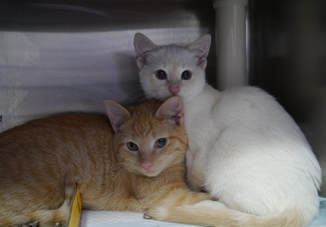 Many cat owners know the dangers of rodenticides (pesticides used to kill rats), but the rise of bromethalin should have owners on high alert. This poison acts as a neurotoxin that affects a victim’s brain and liver, often leading to a fluid buildup in the brain and a painful death. There is currently no cure or diagnostic test for bromethalin poisoning. This leaves few options for treatment. Veterinarians will try and get the poison out of a cat's system through inducing vomiting and using activated charcoal. Bromethalin is fast acting and pet owners often only have hours to treat a cat for poisoning before they will die. The increase in the use of rodenticides occurred after a 2008 EPA directive to make rodenticides safer. The directive mandated all consumer marketed rodenticides phase out the use of long acting anticoagulants. Although this directive intended to make humans and animals safer, it is having the opposite effect because manufacturers are increasingly using bromethalin as a substitute. Human and animal exposure to bromethalin is increasing and many cat owners are forced to watch their pets painfully die from poisoning. The EPA allows for bromethalin to be placed outside as long as it is within 50 feet of a building. Allowing this harmful poison outside increases the risk to humans, wildlife and pets. Owners who allow their pets outside should be especially alert for signs of poisoning such as unsteadiness, muscle tremors, vomiting and seizures. Even indoor cats are at risk through secondary poisoning by eating mice that have ingested the poison. This deadly toxin should not be allowed around our pets! Contact EPA Administrator Scott Pruitt and tell him to ban the use of this dangerous poison. Bromethalin. (n.d.). Retrieved from http://www.petpoisonhelpline.com/poison/bromethalin/ Huntington S, Fenik Y, Vohra R, et al. Human bromethalin exposures reported to a U.S. Statewide Poison Control System. Clin Toxicol (Phila) 2016;54:277-281. JAVMA News. Journal of the American Veterinary Medical Association 2014; 245:152-171. Kent, M. & Glass, E. (June 13, 2017). Veterinary neurology alert: Bromethalin toxicosis on the rise in pets. Retrieved from http://veterinarynews.dvm360.com/veterinary-neurology-alert-bromethalin-toxicosis-rise-pets?pageID=1 Rat Poisonings in Cats. (n.d.). Retrieved from https://www.petmd.com/cat/conditions/toxicity/c_ct_bromethalin_rodenticide_toxicity Restrictions on Rodenticide Products. (n.d.). Retrieved from https://www.epa.gov/rodenticides/restrictions-rodenticide-products
7 Comments
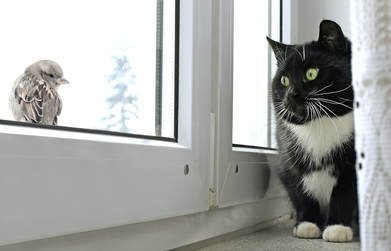 Today is National Bird Day, a day to celebrate bird species across the United States. Alley Cat Rescue cares deeply about the welfare of all animals. This is why we work hard to end the scapegoating of cats for bird population declines. We believe it is important to focus on the root causes of bird population declines, such as habitat loss and climate change if we want to save bird species. According to the 2016 State of the Birds Report, one third of all bird species need urgent conservation action. The largest percentage of bird species in crisis are ocean birds with 57% of ocean birds at a high conservation concern. The report lists the small ranges and severe threats to their habitats as the reasons for their population declines[i]. Bird populations are actually increasing in urban areas where most feral cats live[ii]. Conservationists and government officials continue to blame feral cats as a major cause for the decline in bird and wildlife populations, despite the fact that national and world reports clearly conclude that human activity is the true culprit[iii][iv]. As we approach the planet’s sixth mass extinction event, scientists warn that human activity is the driving force behind this current state[v]. Further, as our nation continues to become industrialized threats like windows, communication towers and wind turbines will become more pervasive[vi][vii]. Although cats do hunt, they largely hunt rodents. When they do hunt birds, they will often hunt sick or young birds. This phenomenon has been deemed “doomed surplus” because these birds have a low chance of survival. Alley Cat Rescue wants to raise awareness to the true causes of bird population declines and help increase their population numbers. If you are concerned about birds here are some simple tasks you can do:
[i] North American Bird Conservation Institute. (2016). State of North America’s Birds. Retrieved from http://www.stateofthebirds.org/2016/wp-content/uploads/2016/05/SoNAB-ENGLISH-web.pdf [ii] North American Bird Conservation Institute. (2014). State of North America’s Birds. Retrieved from http://www.stateofthebirds.org/2014/2014%20SotB_FINAL_low-res.pdf [iii] Bellard, C., Bertelsmeier, C., Leadley, P., Thuiller, W. & Courchamp, F. (2012). Impacts of climate change on the future of biodiversity. Ecology Letters, 15, 365-377. [iv] Sorte, F.A. (2017). Global change and the distributional dynamics of migratory bird populations wintering in Central America. Global Change Biology, 23(12), 5284-5296. [v] Gramling, C. (November 3, 2017). Humans are driving climate change. Federal scientists say. Retrieved from https://www.sciencenews.org/article/humans-climate-change-national-assessment-2017 [vi] Loss, S.R. et al. (2014). Bird-building Collisons in the United States: Estimates of Annual Mortality and Species Vulnerability. The Condor, 116(1), 8-23. [vii] Longcore, T. et al. (2012). An Estimate of Avian Mortality at Communication Towers in the United States and Canada. PLOS One, 7(4).  Yesterday, Anne Arundel city council unanimously passed Bill 96-17 to provide humane guidelines for caring for feral cats. Over 20 people spoke at the December 18th meeting on this bill, largely in support. Alley Cat Rescue provided testimony to the city council explaining the importance of TNR and the state of the current feral cat problem in the area. Thank you to all of our amazing supporters who showed up and spoke in support of feral cats! It is important that local officials hear from their constituents and can make all the difference when the council members go to vote. This bill will provide guidelines that allow for TNR in the county and help animal control officers and cat caregiver work together. The bill’s sponsor, Council member John Grasso, explains the importance of the bill: “An established, stable, sterilized, and vaccinated colony of feral cats will deter other stray and feral cats from moving into the area. This decreases the risk that residents will encounter an unvaccinated cat, and will virtually eliminate problem behaviors like fighting, spraying, and yowling. Cats vaccinated against rabies also create a buffer zone between wildlife and the public, which greatly reduces the risk of contracting the disease,” he writes in his Facebook post. We look forward to more counties adopting humane guidelines such as these. Remember to reach out to your local councilmember and tell them your support TNR!
|
Details
AuthorAlley Cat Rescue is leading in the way in promoting humane and compassionate care for ALL cats. Archives
April 2024
Categories
All
|
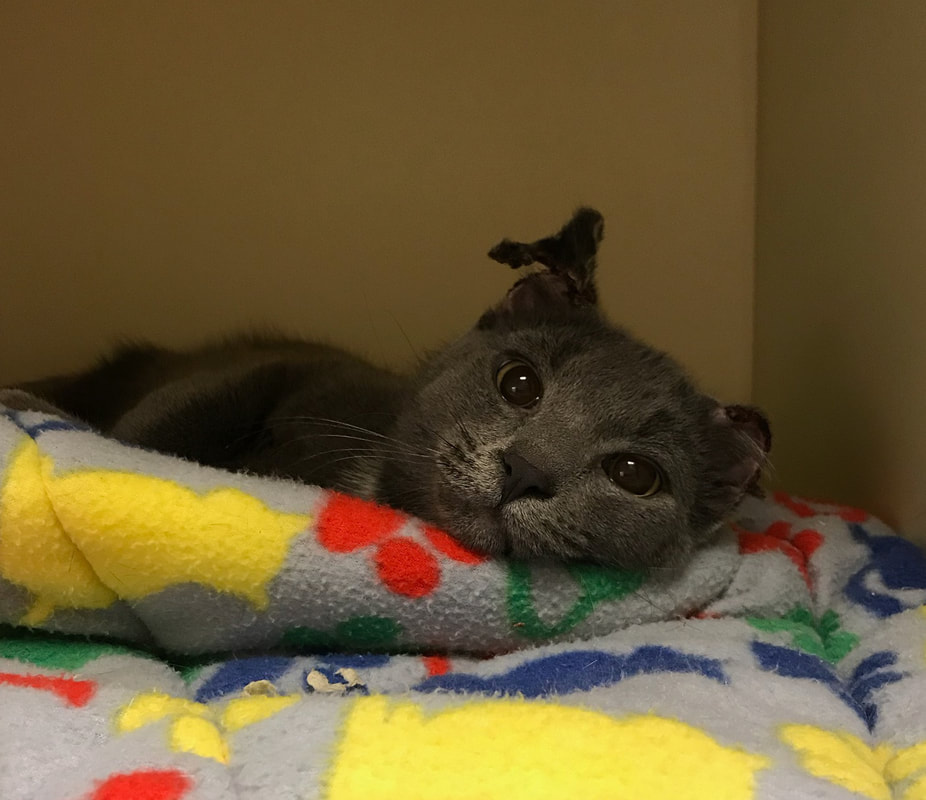
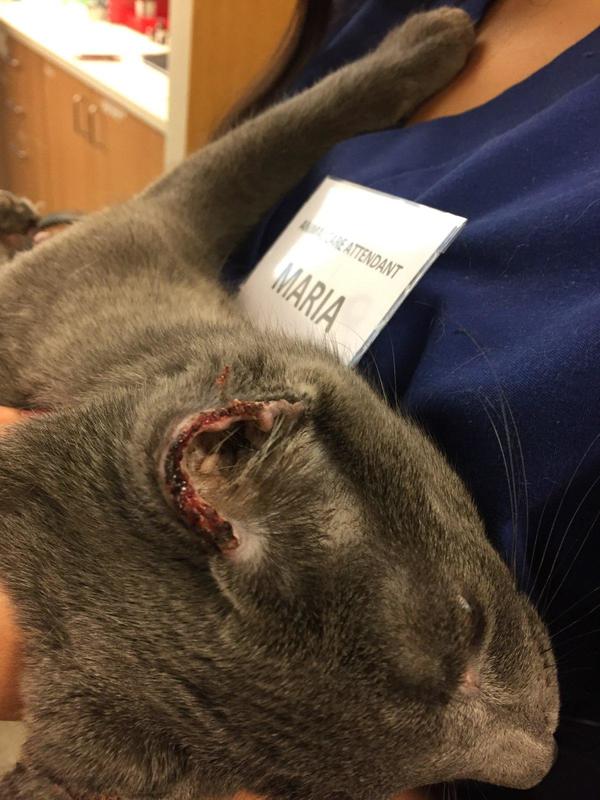
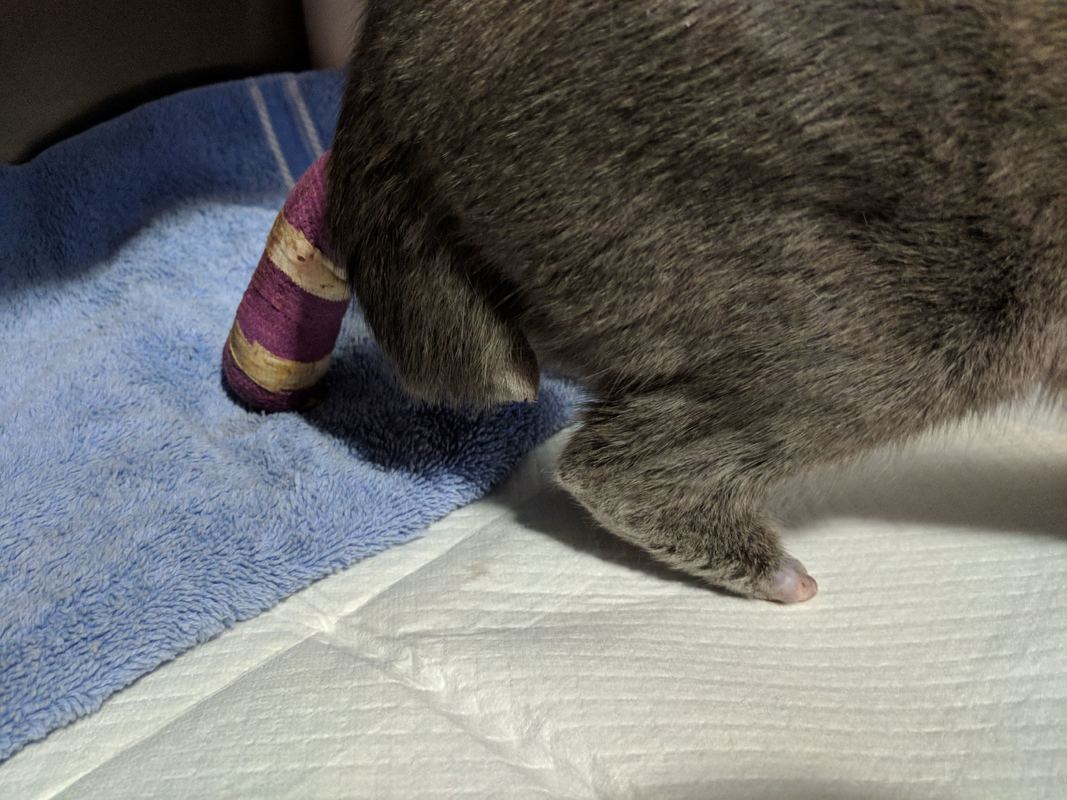
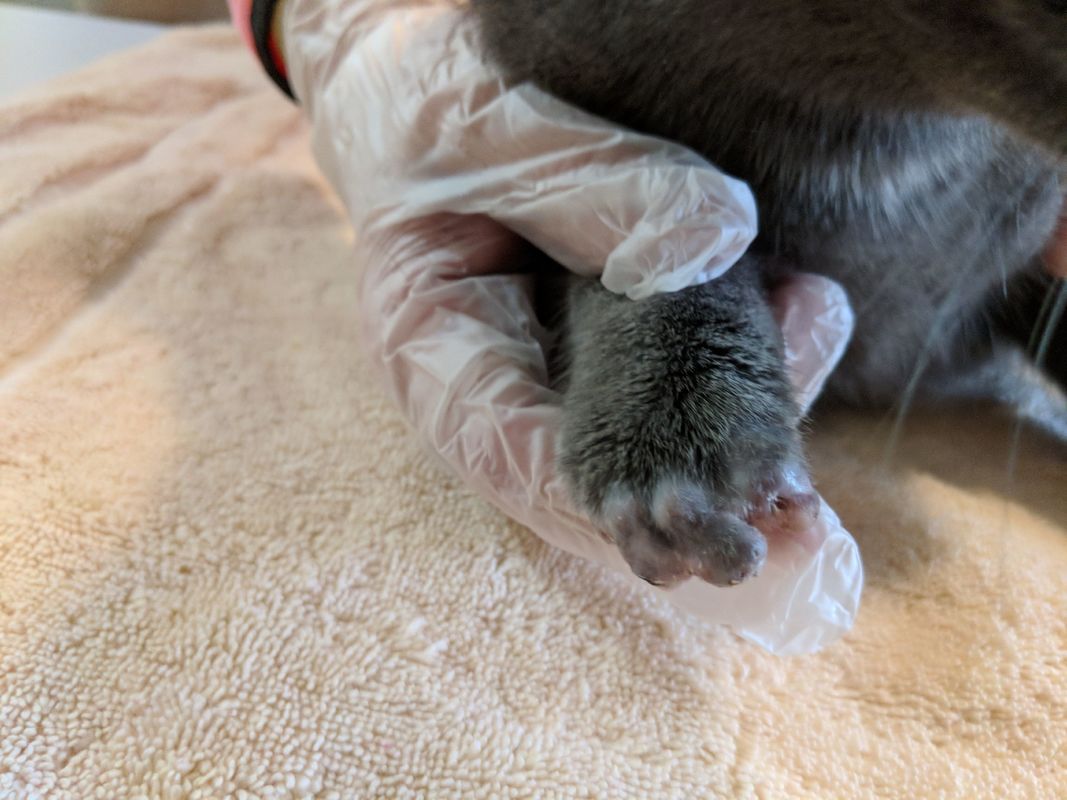

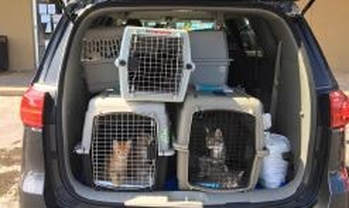

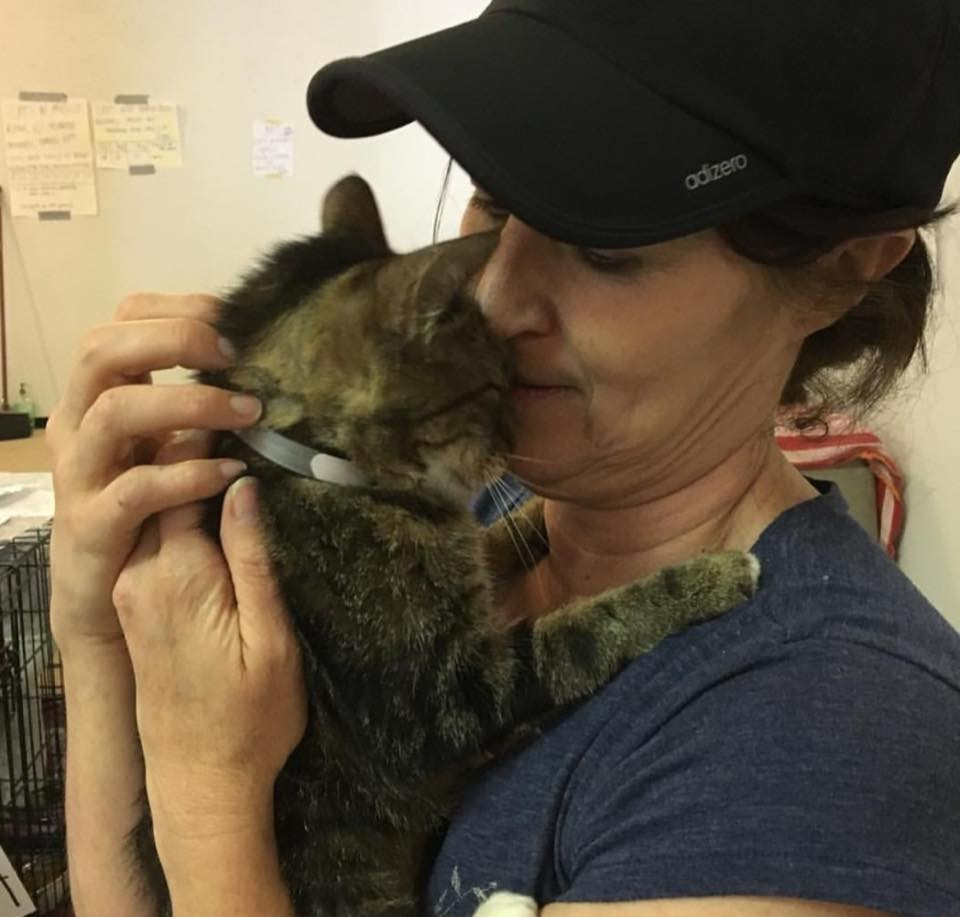
 RSS Feed
RSS Feed